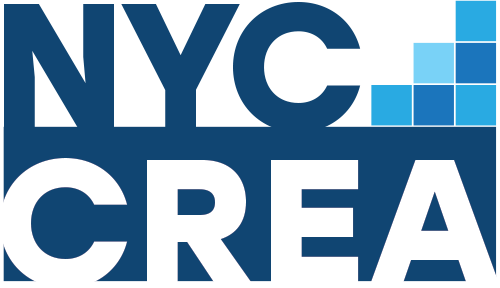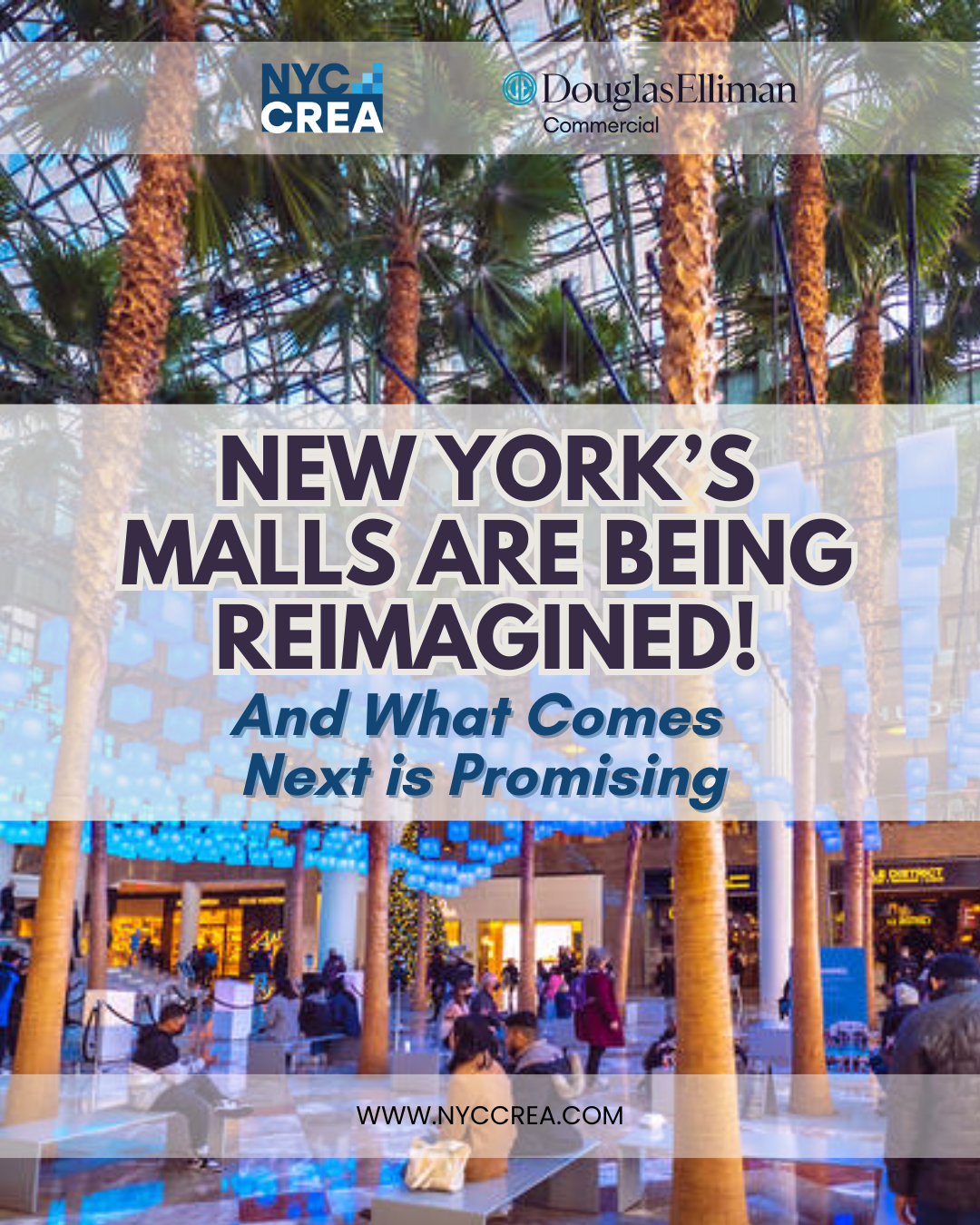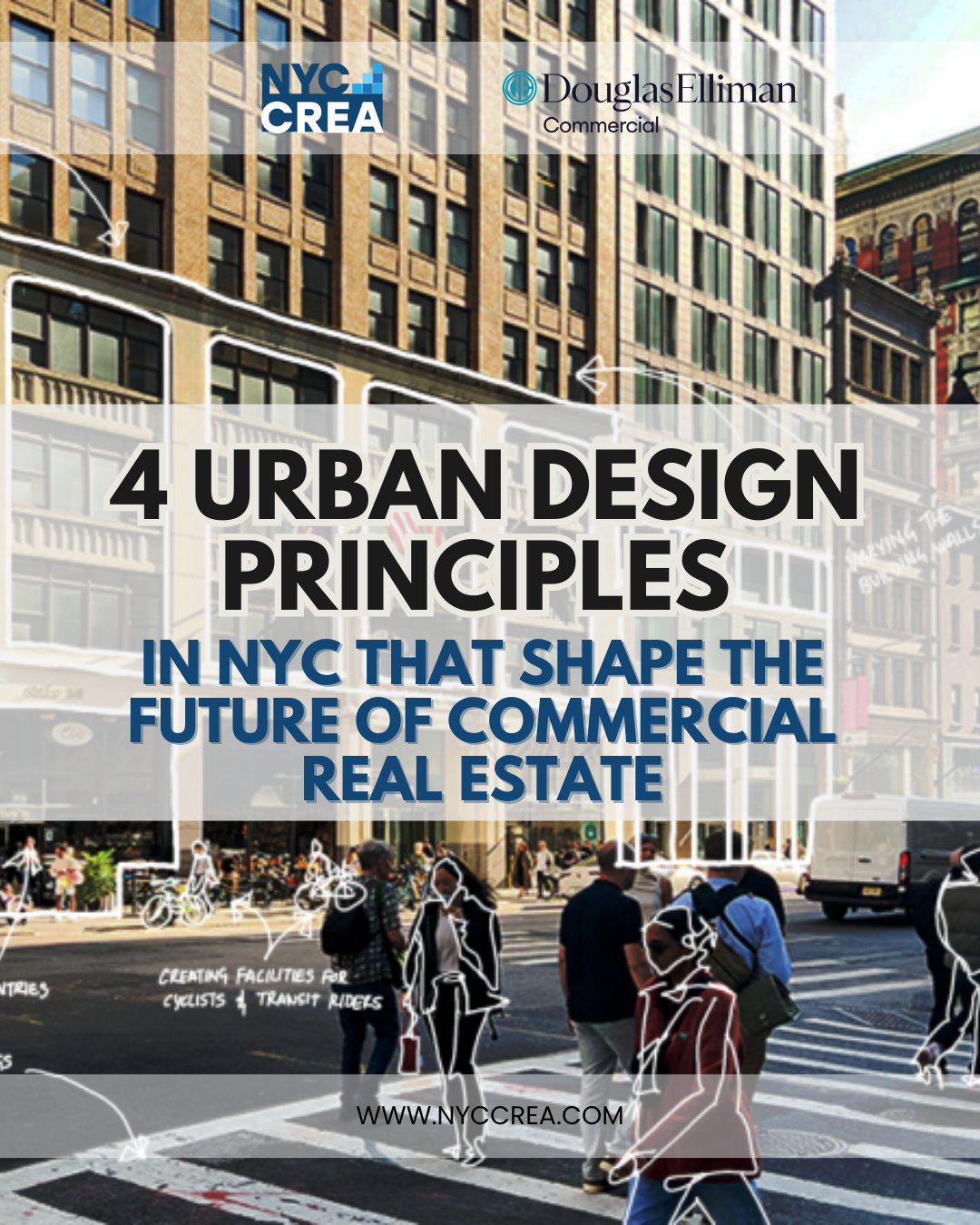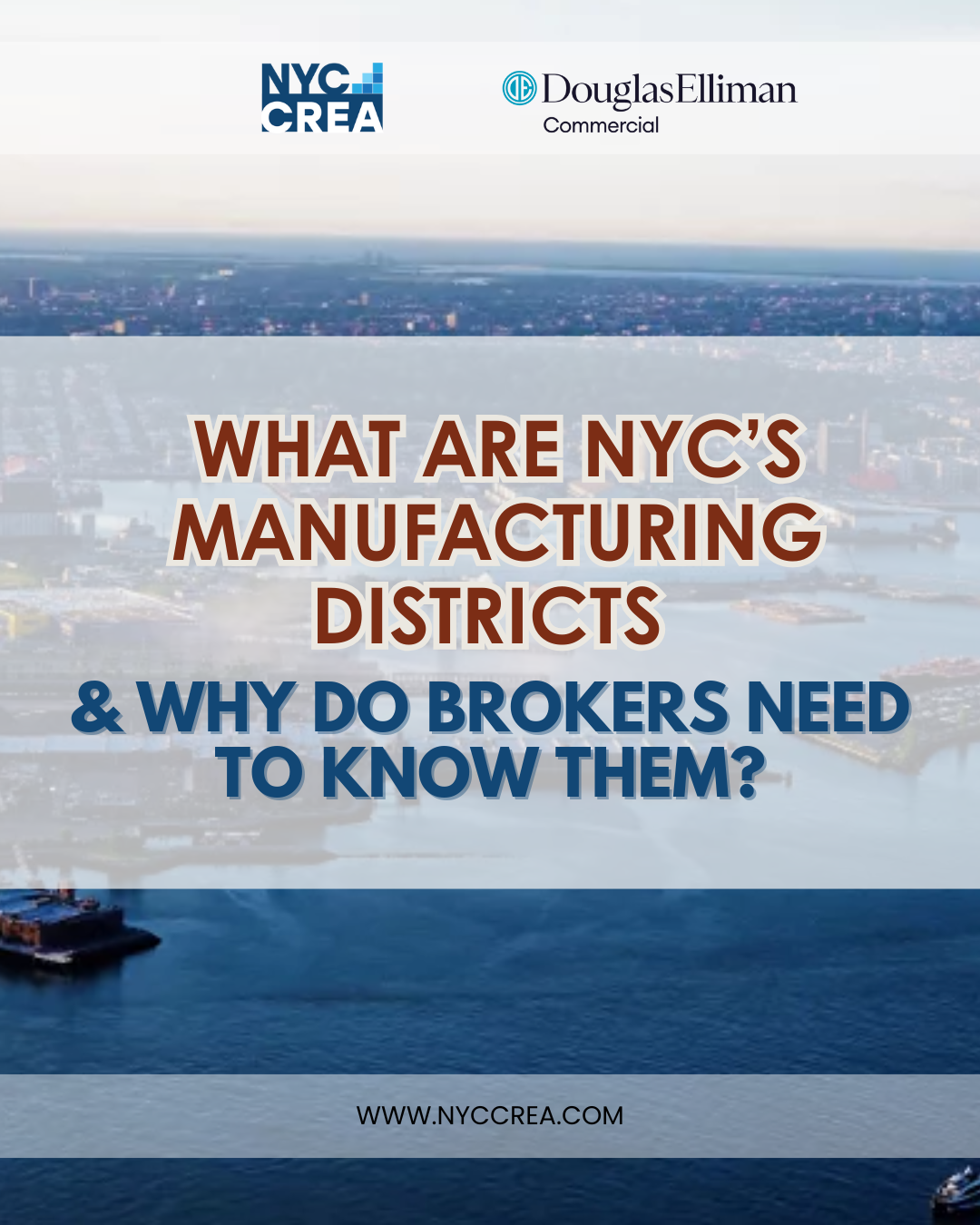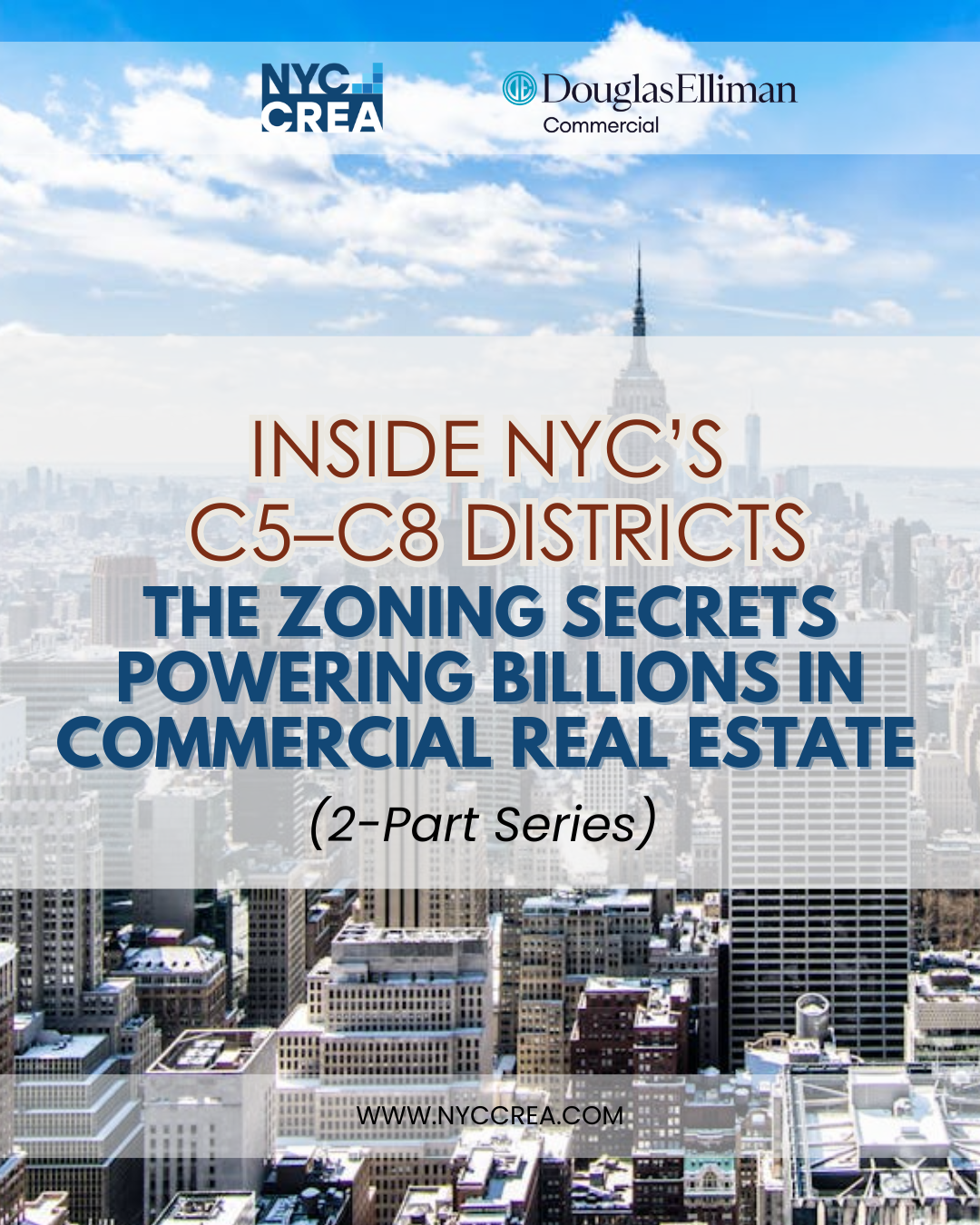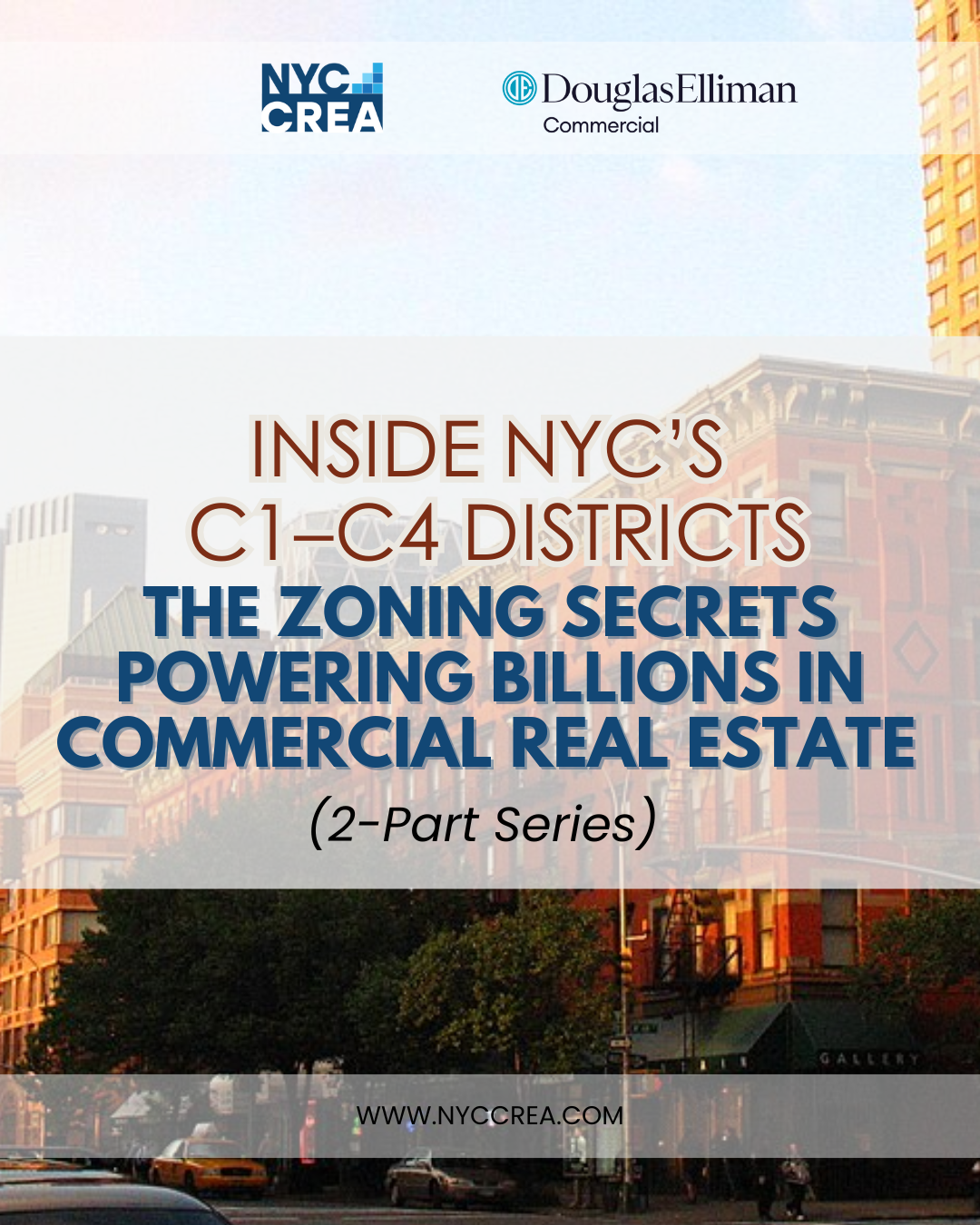New York City’s skyline is renowned for its towering structures that symbolize economic prowess and architectural innovation. Its top ten tallest buildings, including One World Trade Center and Central Park Tower, not only define the city’s visual identity but also play pivotal roles in its commercial real estate market. These skyscrapers offer premium office spaces, luxury residences, and world-class amenities, attracting global businesses and affluent residents alike.
Another building set to animate the city skyline is Project Commodore, officially known as 175 Park Avenue, which could be the second tallest building in Manhattan once completed. Slated for completion by 2030, this 85-story supertall skyscraper will rise approximately 1,646 feet in Midtown East, replacing the current Grand Hyatt Hotel adjacent to Grand Central Terminal. Designed by Skidmore, Owings & Merrill, the building will feature a mix of office spaces, a new hotel, and observation decks, contributing significantly to the city’s architectural and commercial landscape.

Towers of Leasing Activity
The development of supertall skyscrapers like Project Commodore has a profound impact on New York City’s commercial real estate sector. These structures introduce vast amounts of premium office space, meeting the high demand from multinational corporations seeking a prestigious Manhattan address. For instance, the proposed 350 Park Avenue tower, designed by Foster + Partners, is expected to rise approximately 1,600 feet and provide 1.8 million square feet of office space, with Citadel LLC, an American multinational hedge fund and financial services company, planning to occupy about 54% of it. It is expected to be completed by 2032 and could be the city’s third tallest skyscraper after the One World Trade Center and Project Commodore.
These towering edifices serve as prime office spaces for international firms. According to the latest Manhattan Office report of CBRE, leasing activity totaled 1.82 million sq. ft. in November 2024, 10% ahead of the five-year monthly average of 1.65 million sq. ft. The influx of modern office spaces equipped with state-of-the-art facilities caters to the evolving needs of companies, fostering an environment conducive to innovation and productivity.
With skyscrapers featuring mixed-use components, such as offices, hotels and retail spaces, let’s look at the tallest buildings in the Big Apple and their impacts.
Top 10 Tallest Buildings in New York City
- One World Trade Center
- Height: 1,776 feet (541 meters)
- Floors: 104
- Completed: 2014
- Significance: Built as a symbol of resilience after 9/11, it houses offices, an observation deck, and broadcasting facilities.

- Central Park Tower
- Height: 1,550 feet (472 meters)
- Floors: 98
- Completed: 2020
- Significance: The tallest residential building globally, offering luxury condominiums and a Nordstrom flagship store.
- 111 West 57th Street
- Height: 1,428 feet (435 meters)
- Floors: 84
- Completed: 2021
- Significance: Known as the Steinway Tower, it’s the world’s slenderest skyscraper, featuring high-end residences.
- One Vanderbilt
- Height: 1,401 feet (427 meters)
- Floors: 59
- Completed: 2020
- Significance: A modern office tower adjacent to Grand Central Terminal, with an observation deck and integrated transit access.
- 432 Park Avenue
- Height: 1,396 feet (426 meters)
- Floors: 96
- Completed: 2015
- Significance: A residential skyscraper noted for its minimalist design and square windows, offering luxury apartments.
- 30 Hudson Yards
- Height: 1,268 feet (387 meters)
- Floors: 73
- Completed: 2019
- Significance: Part of the Hudson Yards development, it includes offices, the Edge observation deck, and retail spaces.

- Empire State Building
- Height: 1,250 feet (381 meters)
- Floors: 102
- Completed: 1931
- Significance: An iconic Art Deco skyscraper, it was the world’s tallest building upon completion and remains a major tourist attraction.
- Bank of America Tower
- Height: 1,200 feet (366 meters)
- Floors: 55
- Completed: 2009
- Significance: A LEED Platinum-certified building, serving as the headquarters for Bank of America’s investment banking division.
- 3 World Trade Center
- Height: 1,079 feet (329 meters)
- Floors: 80
- Completed: 2018
- Significance: Part of the World Trade Center complex, it offers office spaces and retail, contributing to the area’s revitalization.
- 53W53 (MoMA Tower)
- Height: 1,050 feet (320 meters)
- Floors: 77
- Completed: 2019
- Significance: A residential tower adjacent to the Museum of Modern Art, featuring unique architectural design and luxury amenities.

Strong 2024 toward 2025
New York City’s skyline continues to be defined by its iconic skyscrapers, particularly its tallest buildings. These towering structures play a pivotal role in the city’s commercial real estate landscape, serving as prestigious addresses for corporations and attracting top talent. CBRE reported that Manhattan’s office sector in 2024 showed remarkable resilience with year-to-date leasing activity amounting to 20.75 million sq. ft., up 29% from the prior year. Renewals totaled 755,000 sq. ft. as of November, bringing the year-to-date total to 8.31 million sq. ft. These figures indicate a strong demand for prime office space in the city, particularly in iconic skyscrapers.
Beyond their physical presence, these tallest buildings have a significant impact on New York’s economy. They generate substantial tax revenue, create jobs, and stimulate development in surrounding areas. In 2025, while the future of office work may involve more hybrid and remote arrangements, the prestige and amenities associated with these tallest buildings are likely to ensure their enduring appeal.
